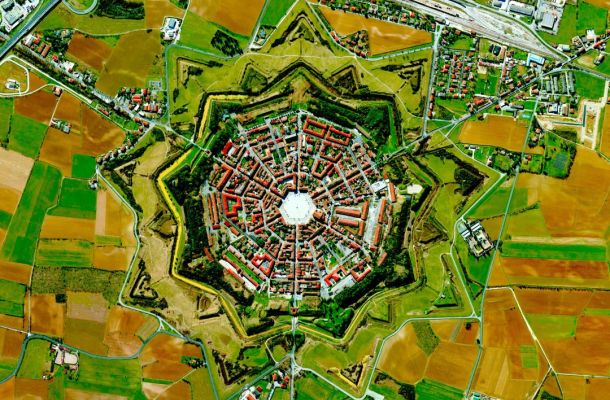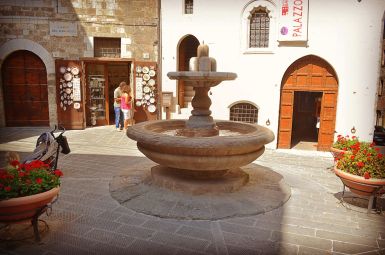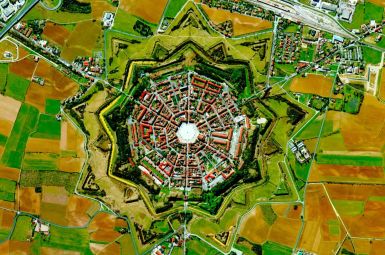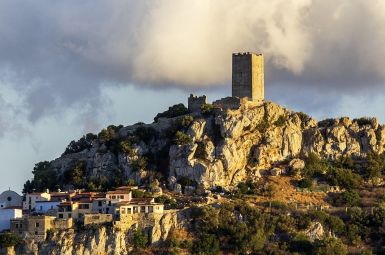
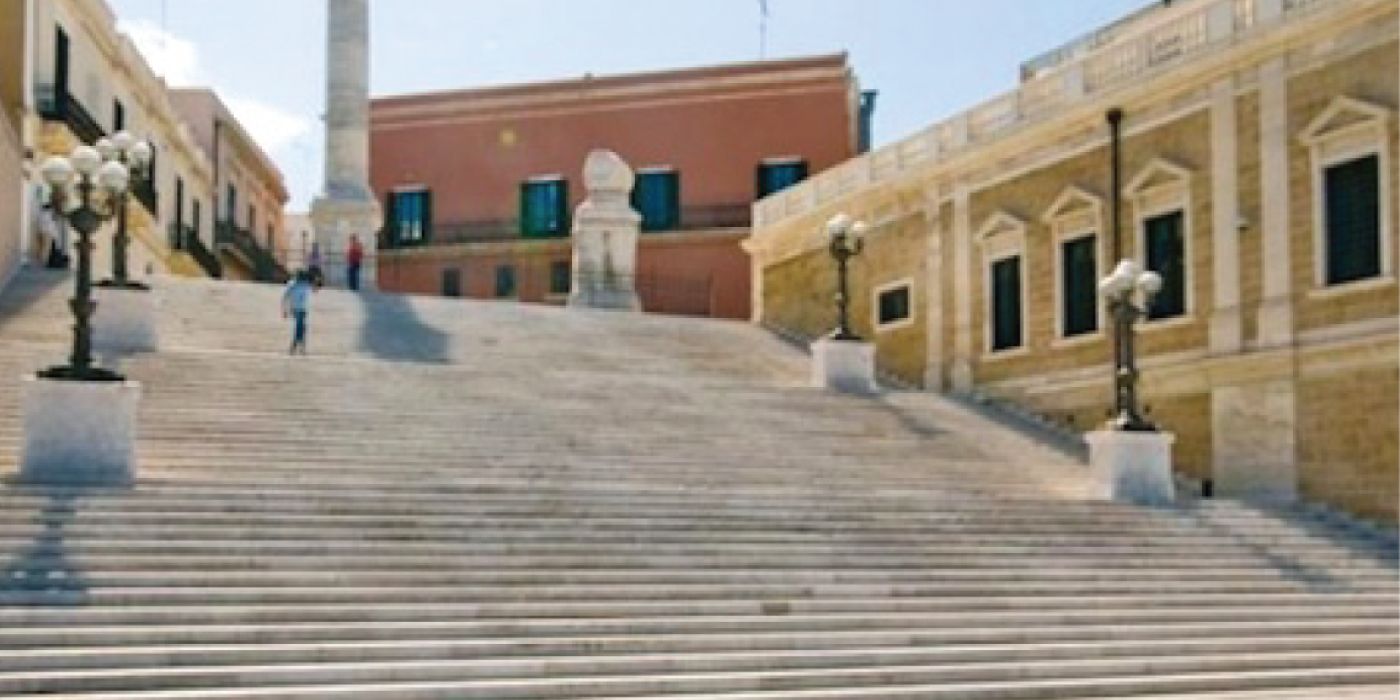
La Scalinata Virgiliana e la Colonna Romana
Brindisi è famosa per la sua storica Scalinata Virgiliana, un monumentale scalone che conduce al porto e culmina con la Colonna Romana. Questa colonna, alta circa 19 metri, era parte di un paio che segnava l’antico termine della Via Appia, la celebre strada romana che collegava Roma a Brindisi.
Secondo la tradizione, il poeta romano Virgilio, autore dell’Eneide, trascorse gli ultimi giorni della sua vita a Brindisi. La colonna è considerata un simbolo della città e un tributo alla sua storia come importante porto dell’Impero Romano. Originariamente, esistevano due colonne, ma una di esse crollò nel 1528 e fu ricostruita a Lecce.
Oggi, la Scalinata Virgiliana e la Colonna Romana sono tra i monumenti più visitati e amati di Brindisi, rappresentando un affascinante ponte tra il passato antico della città e il suo presente.
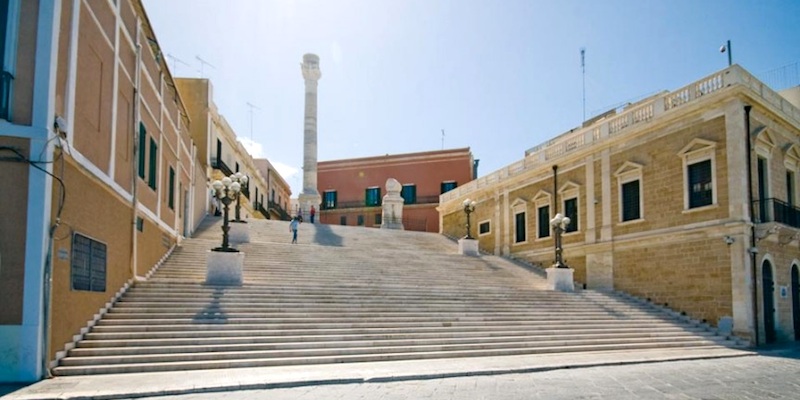
Brindisi, una città ricca di storia e fascino, ospita due dei suoi monumenti più emblematici: la Scalinata Virgiliana e la Colonna Romana. Questi simboli storici non solo rappresentano l’antica importanza della città come porto romano, ma offrono anche uno sguardo affascinante sul passato glorioso di Brindisi.
La Scalinata Virgiliana
Un Monumento al Poeta Virgilio
La Scalinata Virgiliana prende il nome dal celebre poeta romano Virgilio, che si dice abbia trascorso gli ultimi giorni della sua vita a Brindisi. Questo monumentale scalone, situato nel cuore della città, conduce direttamente al porto, creando un collegamento suggestivo tra la terra e il mare.
Architettura e Vista Panoramica
Costruita con una serie di gradini ampi e maestosi, la scalinata offre una vista panoramica mozzafiato sul porto di Brindisi e sul Mar Adriatico. Salendo i gradini, i visitatori possono godere di un panorama che abbraccia la città, il mare e l’orizzonte, rendendo questo luogo ideale per passeggiate rilassanti e momenti di riflessione.
Un Luogo di Incontri e Eventi
Oltre ad essere un punto di interesse storico e turistico, la Scalinata Virgiliana è anche un luogo vivace dove si tengono eventi culturali, concerti e manifestazioni pubbliche. La sua posizione centrale e la bellezza architettonica la rendono un luogo perfetto per raduni e celebrazioni.
La Colonna Romana
Il Simbolo di Brindisi
Alla sommità della Scalinata Virgiliana si erge la maestosa Colonna Romana, alta circa 19 metri. Questa colonna è considerata uno dei simboli più riconosciuti di Brindisi e rappresenta il termine della Via Appia, l’antica strada romana che collegava Roma a Brindisi.
Storia e Significato
Originariamente, esistevano due colonne che segnavano l’importante punto di arrivo della Via Appia. Tuttavia, una delle colonne crollò nel 1528 e fu successivamente ricostruita a Lecce. La colonna superstite è composta da blocchi di marmo bianco e presenta capitelli corinzi finemente scolpiti.
Il Legame con la Via Appia
La Via Appia, conosciuta come “Regina Viarum” (Regina delle Strade), era una delle più importanti vie di comunicazione dell’Impero Romano. La presenza delle colonne a Brindisi sottolineava l’importanza strategica e commerciale della città come porto principale dell’Impero, collegando Roma al Mare Adriatico e all’Oriente.
Visita alla Scalinata e alla Colonna
Un’Esperienza Imperdibile
La visita alla Scalinata Virgiliana e alla Colonna Romana è un’esperienza imperdibile per chiunque si rechi a Brindisi. Questi monumenti non solo offrono uno sguardo sull’antica Roma, ma permettono anche di immergersi nella bellezza e nella storia della città.
Informazioni Utili
- Indirizzo: Scalinata Virgiliana, Brindisi, Italia
- Orari di Visita: Aperta tutti i giorni, l’accesso è libero e gratuito
- Come Arrivare: La scalinata si trova nel centro storico di Brindisi, facilmente raggiungibile a piedi o con i mezzi pubblici
Conclusione
La Scalinata Virgiliana e la Colonna Romana sono testimonianze affascinanti del ricco patrimonio storico di Brindisi. Questi monumenti rappresentano un legame tangibile con l’antica Roma e continuano ad essere simboli di orgoglio per la città. Visitare questi luoghi è un viaggio nel tempo che permette di apprezzare la grandezza del passato e la bellezza del presente di Brindisi.
Ultimo Aggiornamento:
1 Ottobre 2025
Autore
Categoria Articolo
Ultimi Articoli
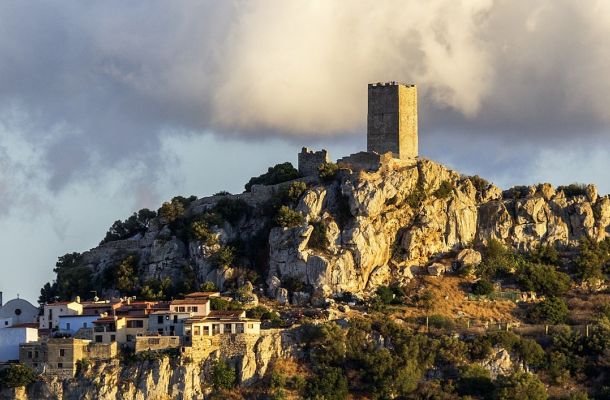
Posada, il Borgo Sardo dove il Tempo si è Fermato tra Storia e Leggenda
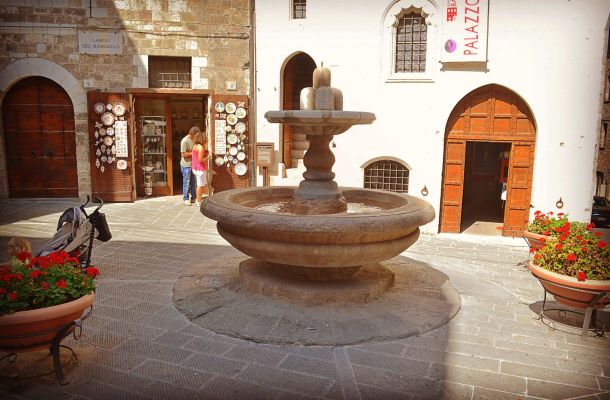
Gubbio, Umbria: La Città di Pietra dove il Medioevo non è mai finito
